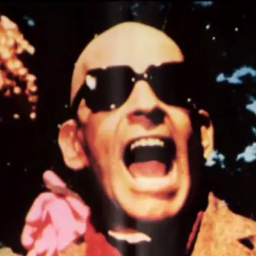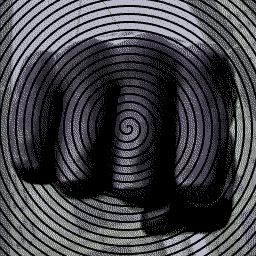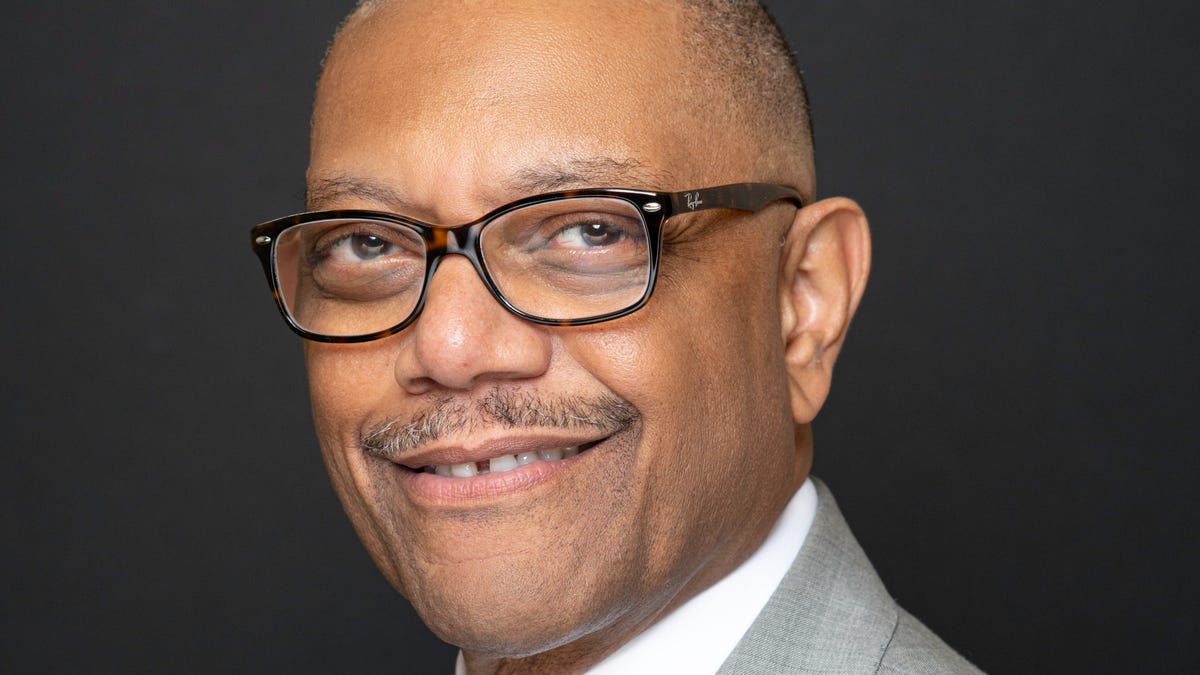Detroit is a city of art and artists, reknown, under-the-radar and unknown. But I don’t know if anyone here realizes how much creativity surrounds them at any given moment, moreso than many other urban capitals. Like New Yorkers with the Statue of Liberty or the Empire State Building, it’s invisible to them because they see it every day.
Detroit’s penchant for expression in the form of outdoor murals and public installations, sometimes in the form of unauthorized work (I hesistantly say, “grafitti”) feeds the soul. That may seem like a cliché but consider any cityscape without the literal and figurative splashes of colors, without the soaring lines of architectural ornament, without the faces and figures rendered superrealistic or abstracted, regaled to our eyes each day against the sprawl of gray concrete, cinderblock and asphalt, transforming what would otherwise be an enormous prisonlike experience into something alive.
Detroit’s art is like the air we breathe: it can never be enough.
“The Carr Center is in the business of preserving, presenting, and promoting African American arts,” said CEO Oliver Ragsdale, Jr. “What we are looking to do is amplify the Black arts experience, lift up Black excellence in all of its forms, whether it is music, dance, visual arts, film, poetry and the written word. The arts are part of our everyday life, and within Black culture, the arts are central.”
Despite Ragsdale and staff’s efforts, however, the pandemic hit hard. The Carr Center went from raising about $1.5 million with about $1 million in expenses in 2019 to generating about $800,000 in revenue and spending $1.1 million in 2023, leaving the organization with a $300,000 cash deficit, tax documents show.
Dr. Mayowa Lisa Reynolds, principal of Detroit School of Arts, lamented the possibility of a future without the Carr Center as an institution in Detroit. […] “That would be a travesty,” she said. “It’s iconic. It has impacted students throughout this city, some of whom have gone on professionally in the arts, and others whose lives have been enhanced. So it would be devastating, particularly as a primary arts organization that focuses on Black professionals and African American culture, a huge loss to the city of Detroit and beyond — because people come to the Carr Center from all over the nation.”
Alt link courtesy of archive.is


